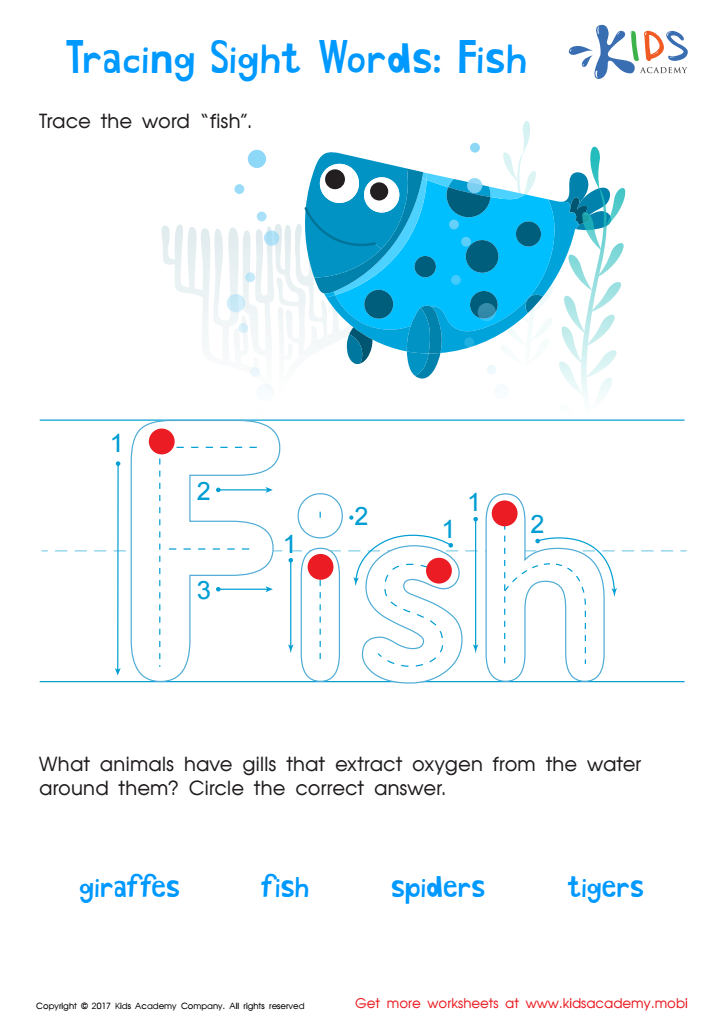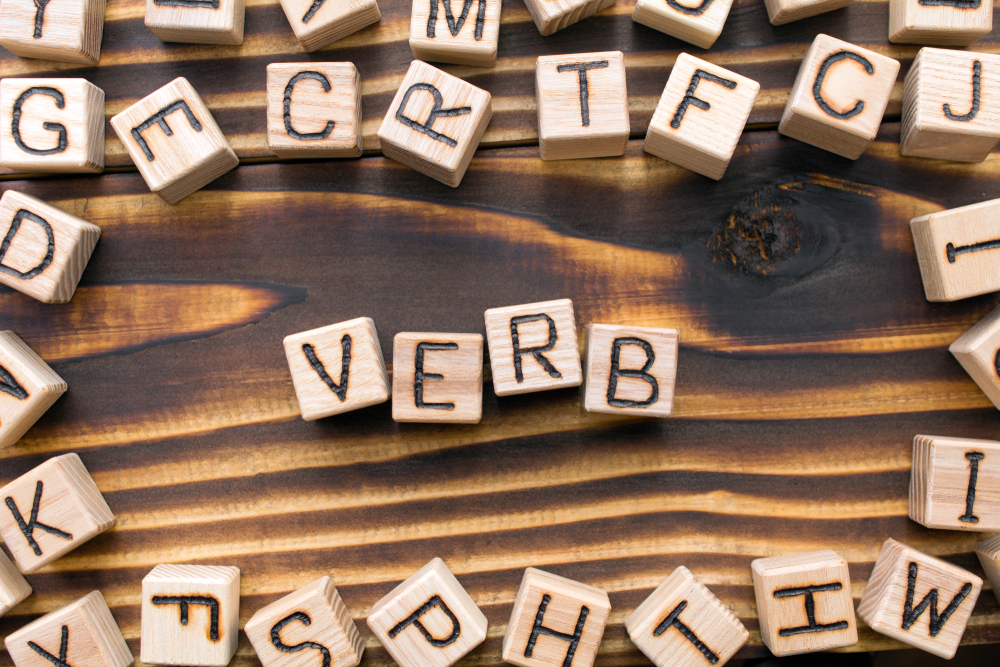Normal Tracing Words Worksheets Activities With Answers for Ages 4-6
34 filtered results
-
From - To
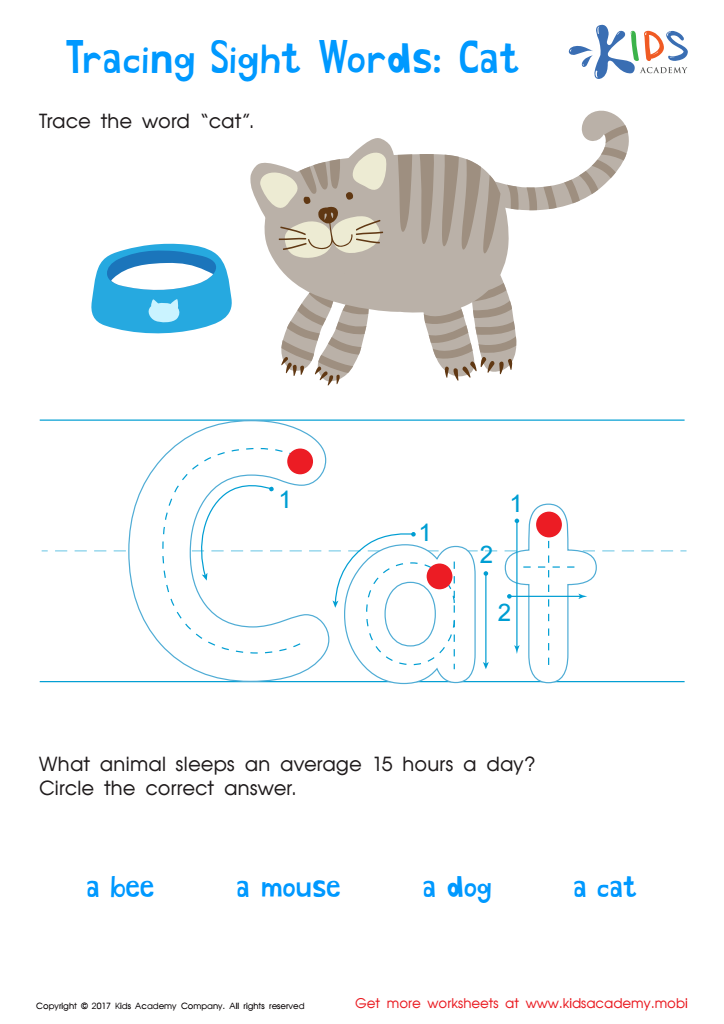

Cat Printable Sight Words Worksheet
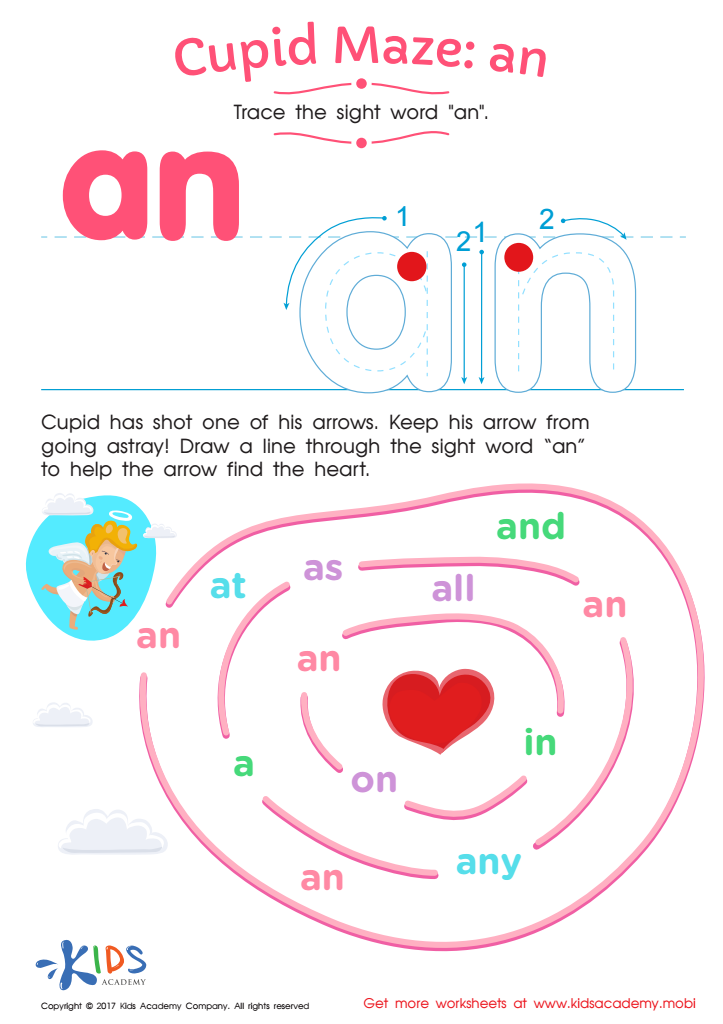

Cupid Maze: An Printable
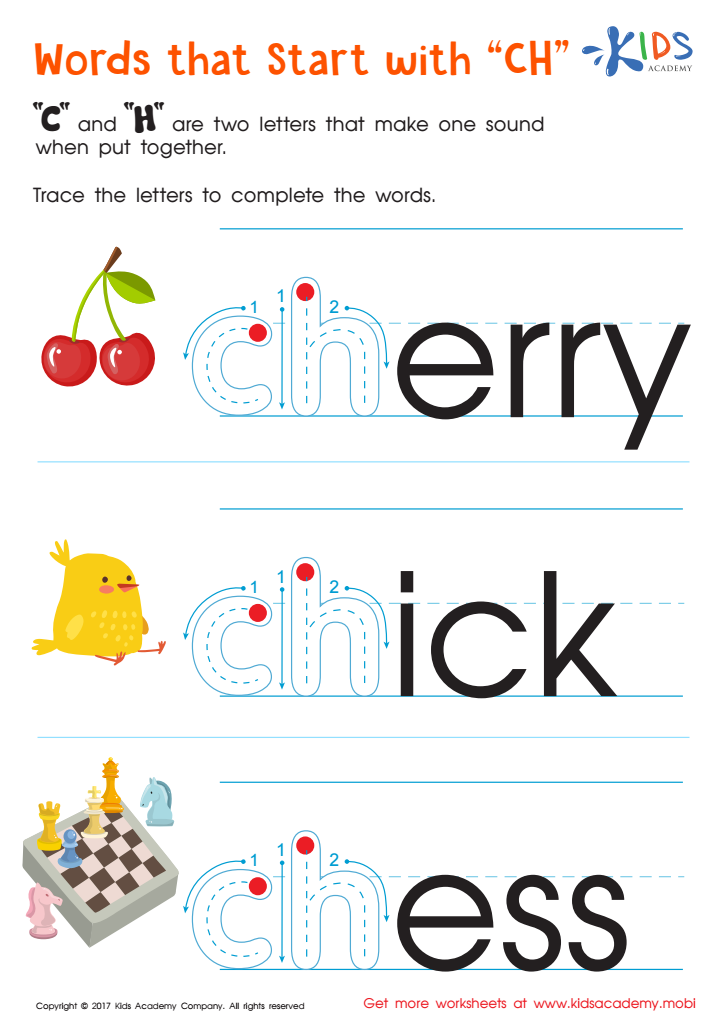

Words That Start with "ch" Spelling Worksheet


A Pup, a Cap and a Pea Spelling Worksheet
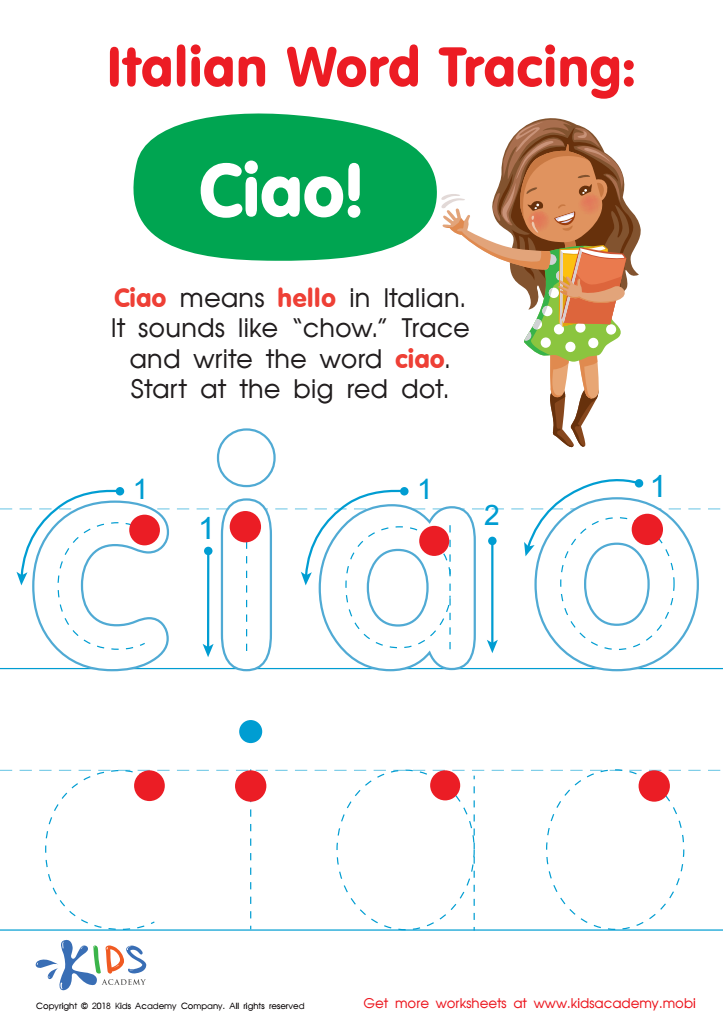

Italian Word Tracing: Ciao Worksheet
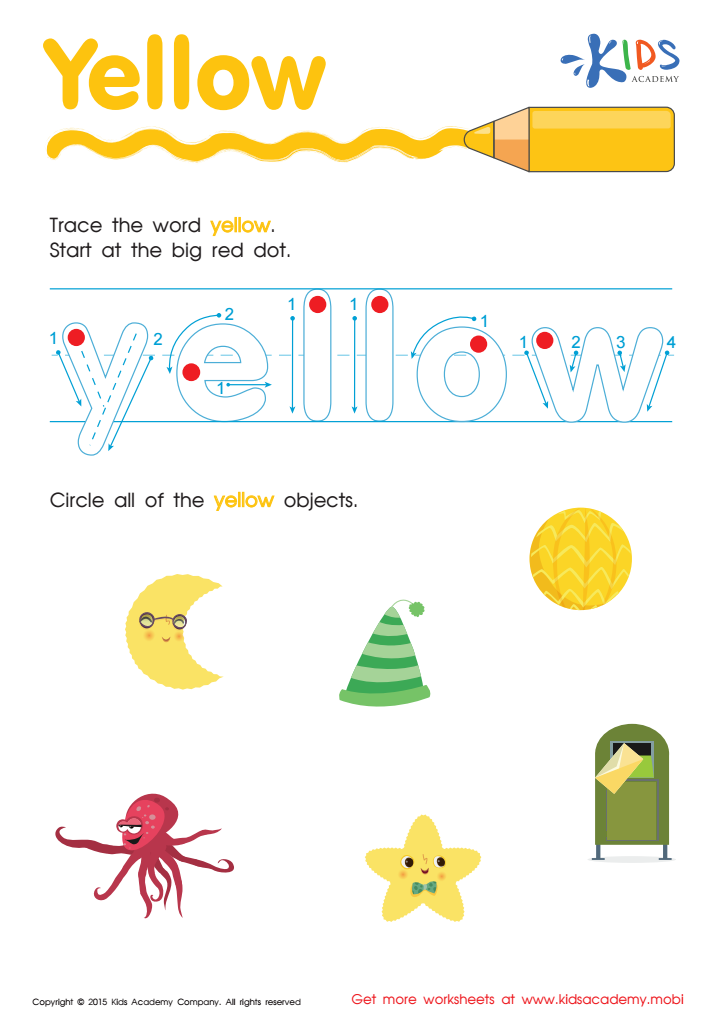

Yellow Tracing Color Words Worksheet
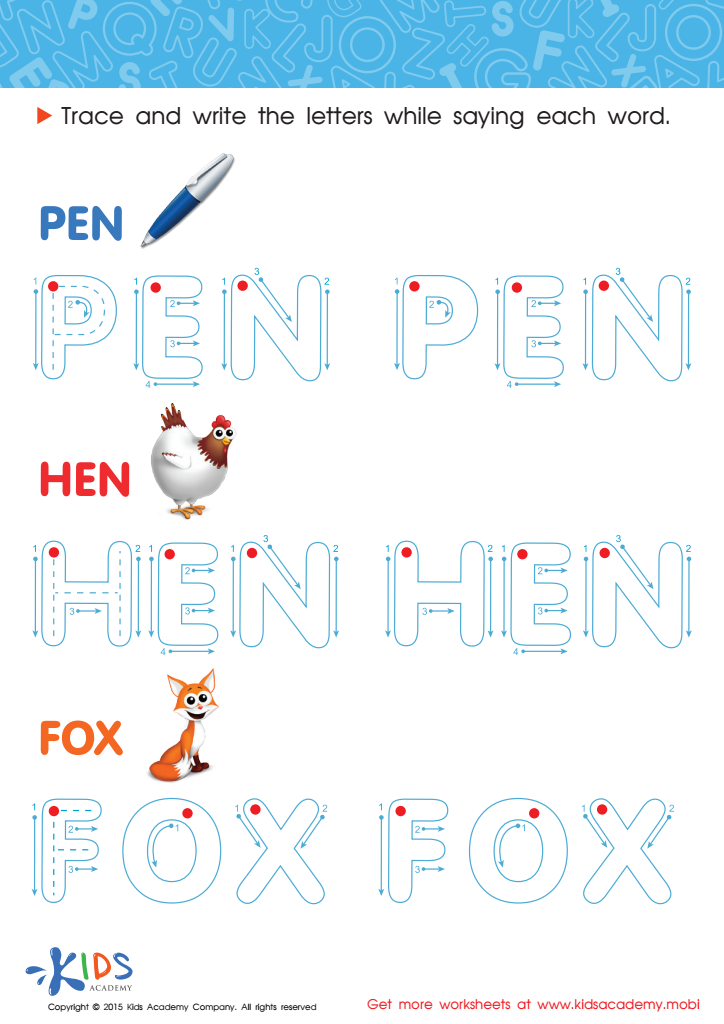

A Pen, a Hen and a Fox Spelling Worksheet
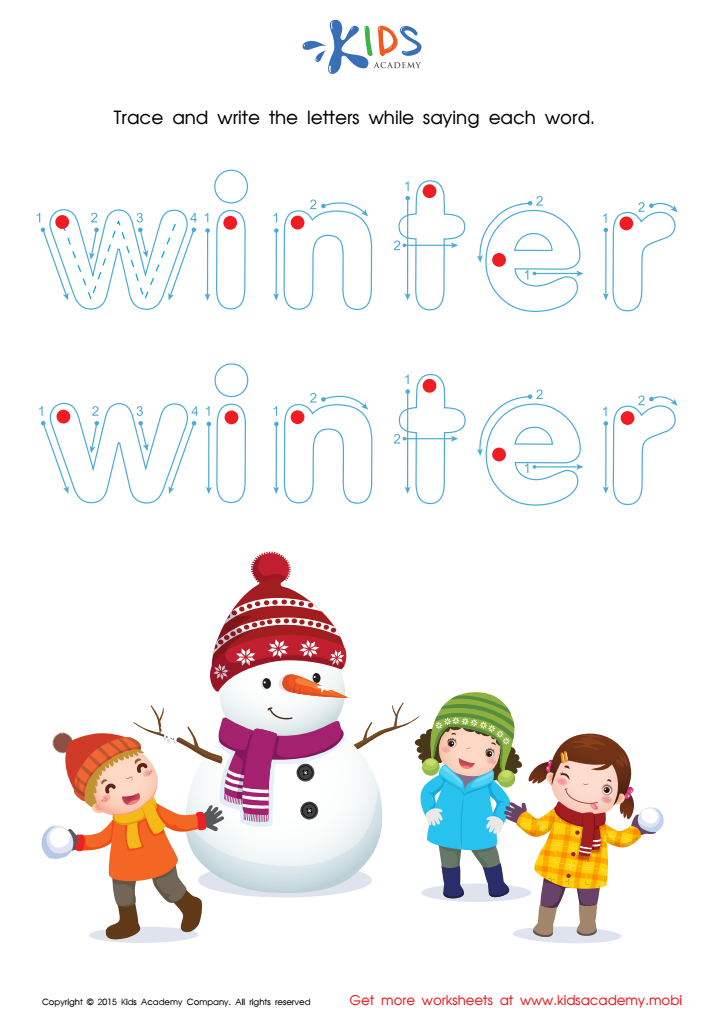

Snowman Tracing Winter Words Worksheet
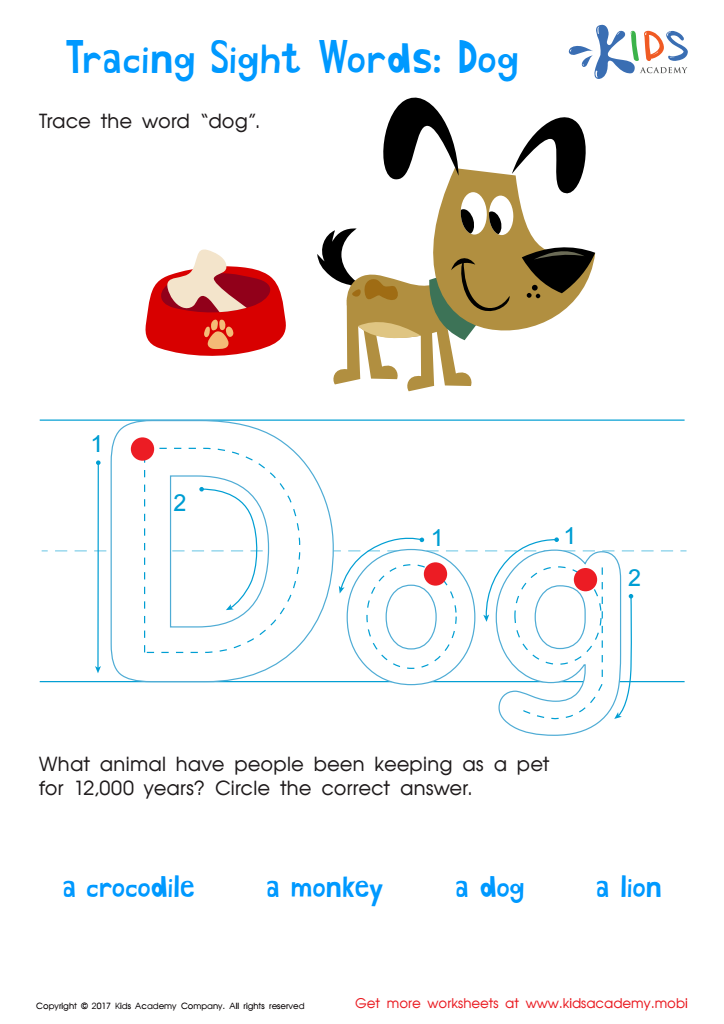

Dog Worksheet Sight Words Worksheet
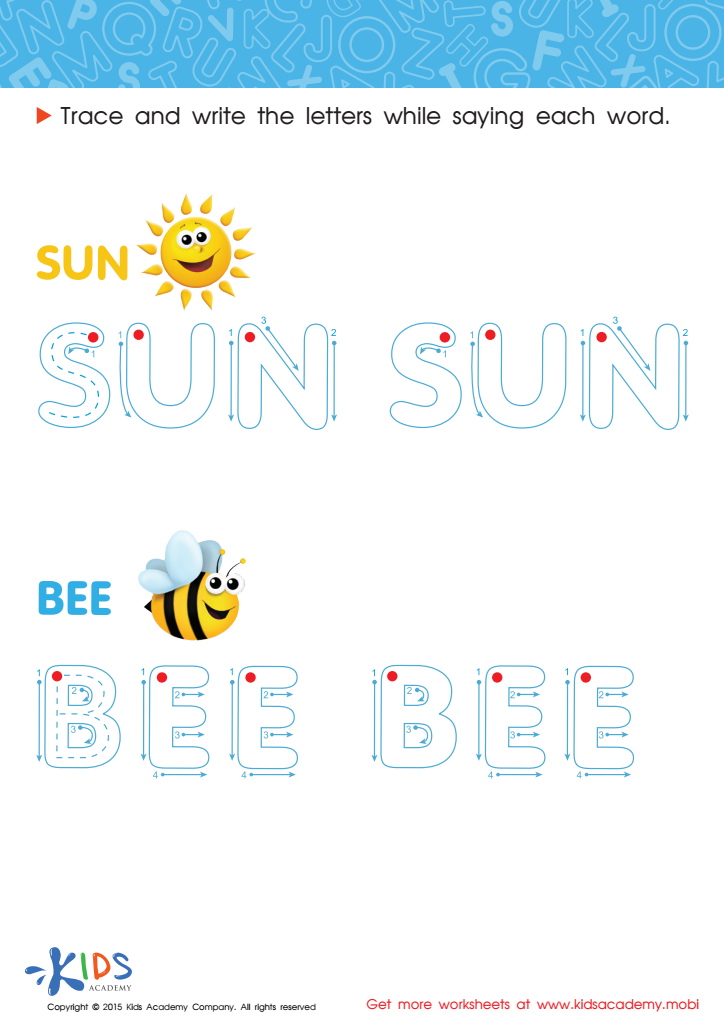

The Sun and a Bee Spelling Worksheet
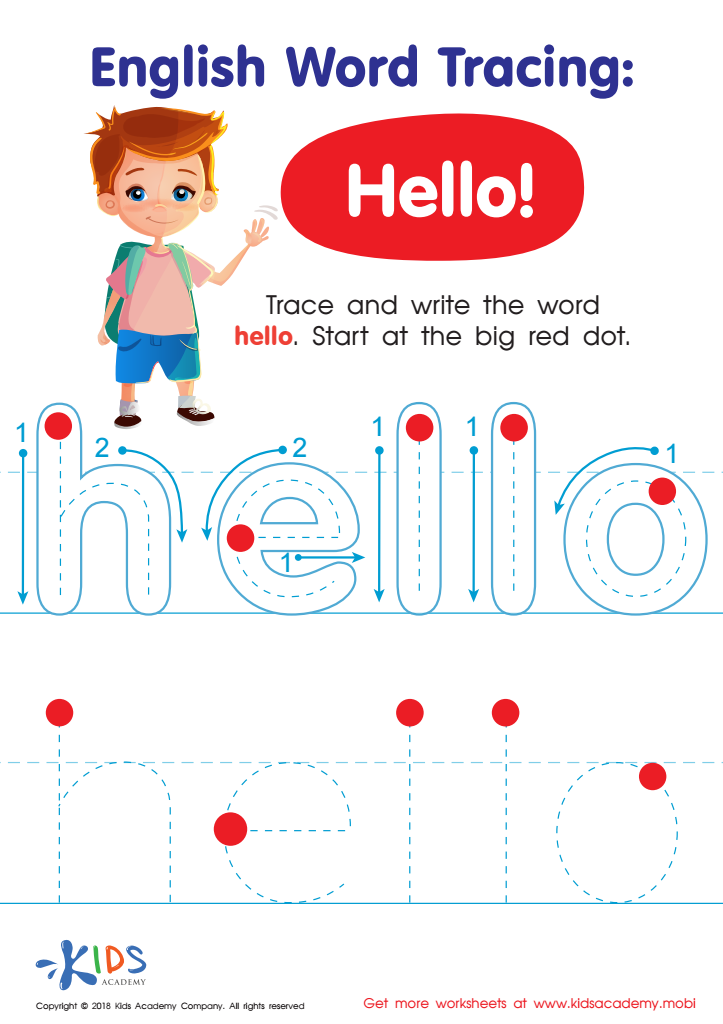

English Word Tracing: Hello Worksheet
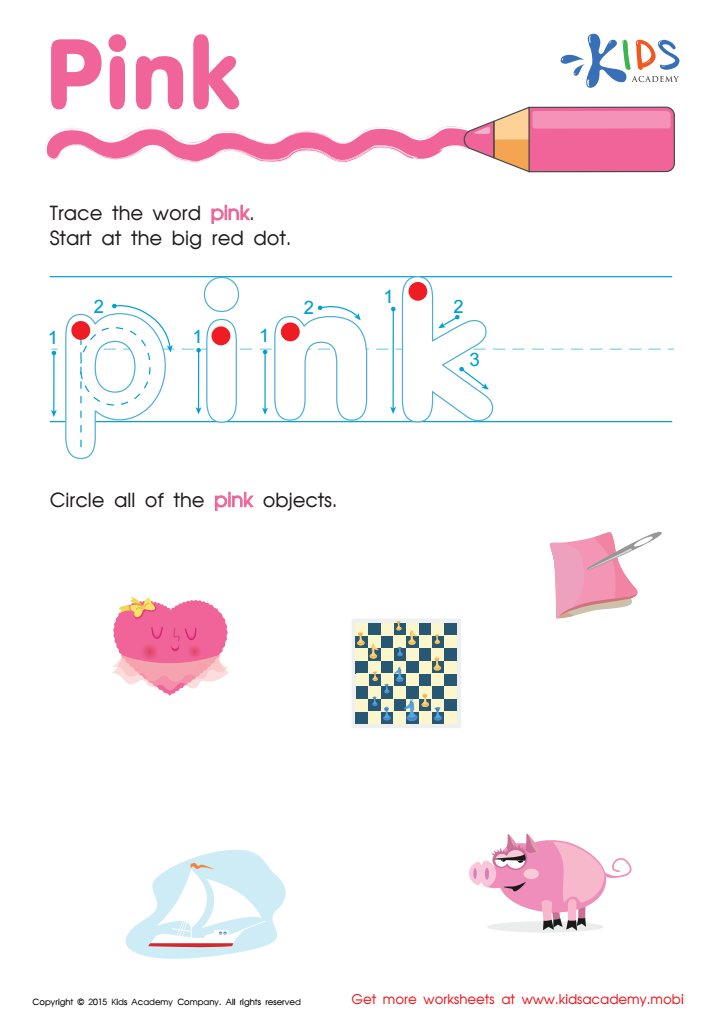

Pink Tracing Color Words Worksheet


Red Tracing Color Words Printable
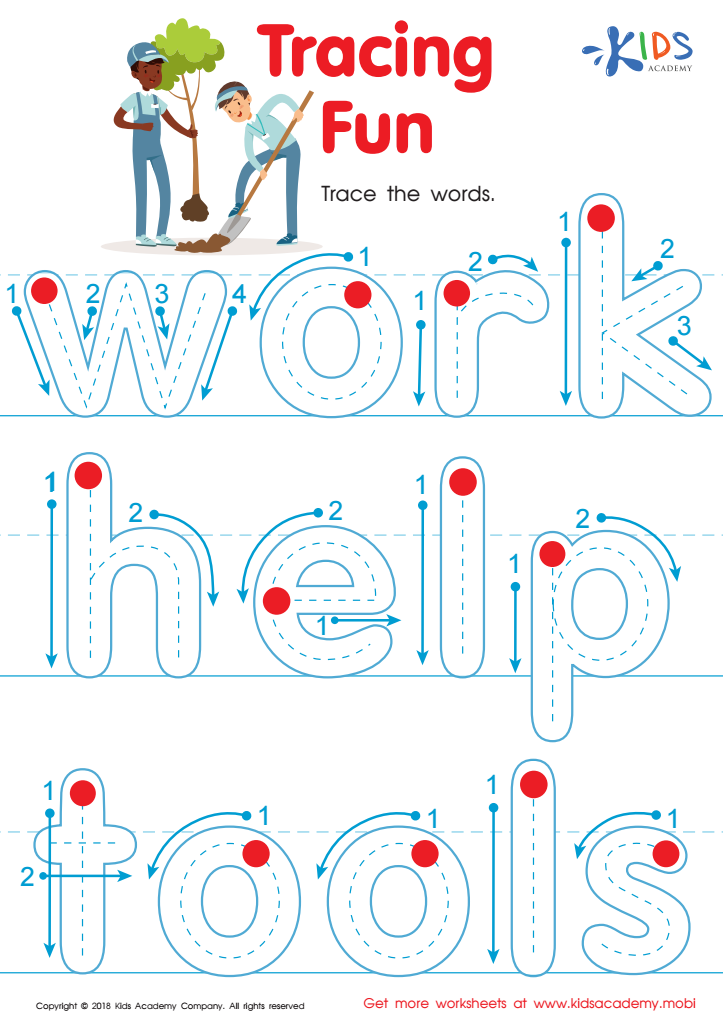

Tracing Fun Worksheet
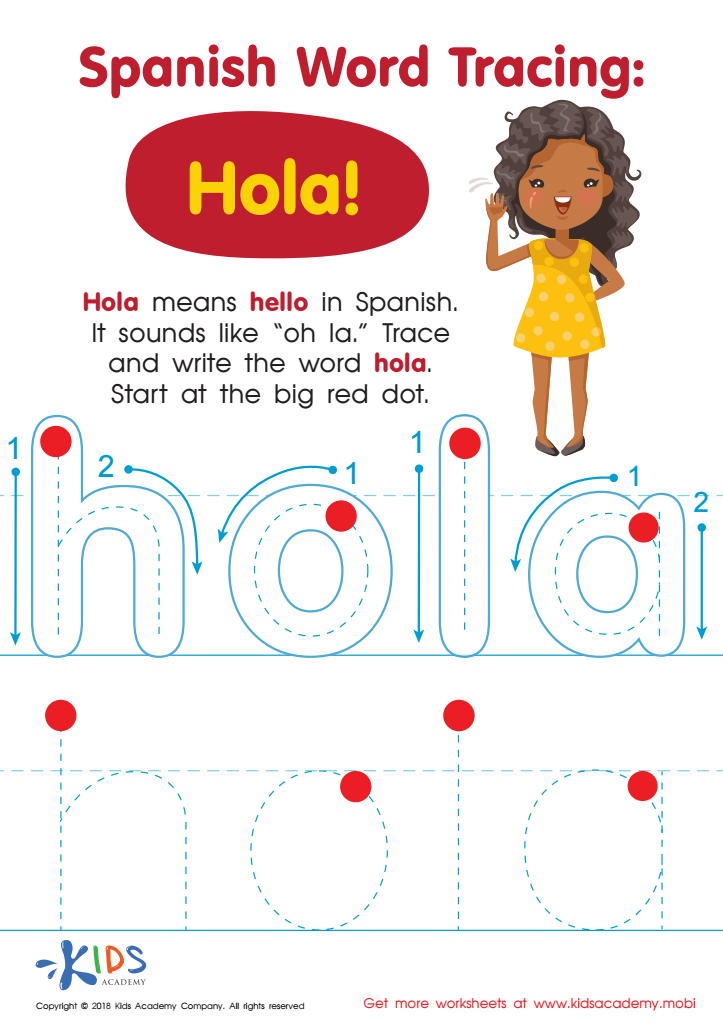

Spanish Word Tracing: Hola Worksheet
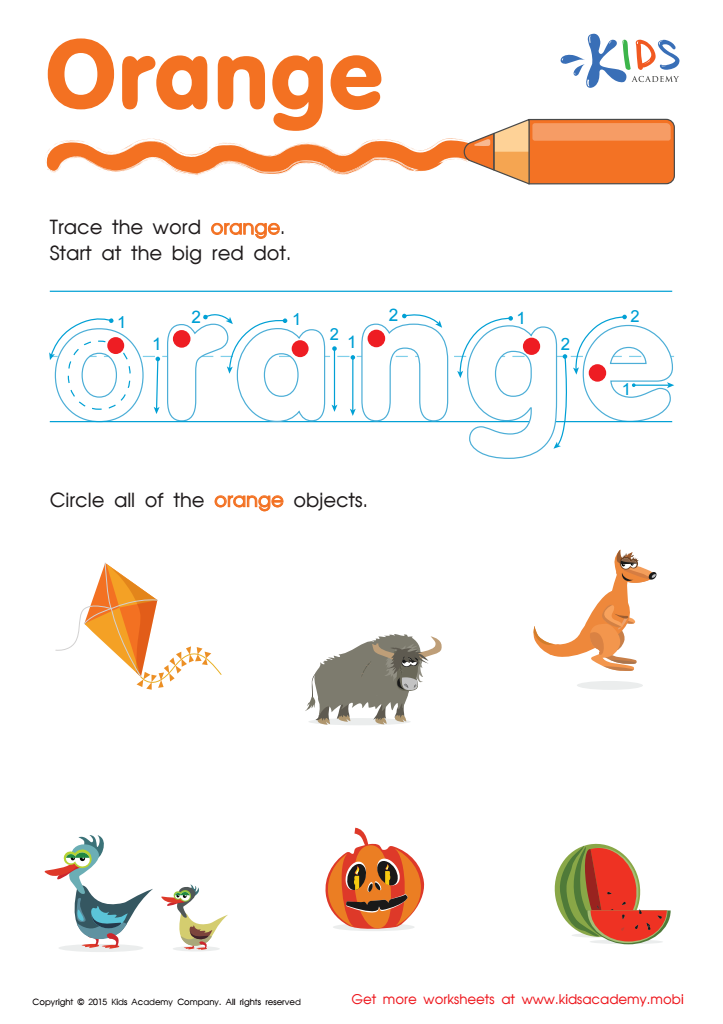

Orange Tracing Color Words Worksheet
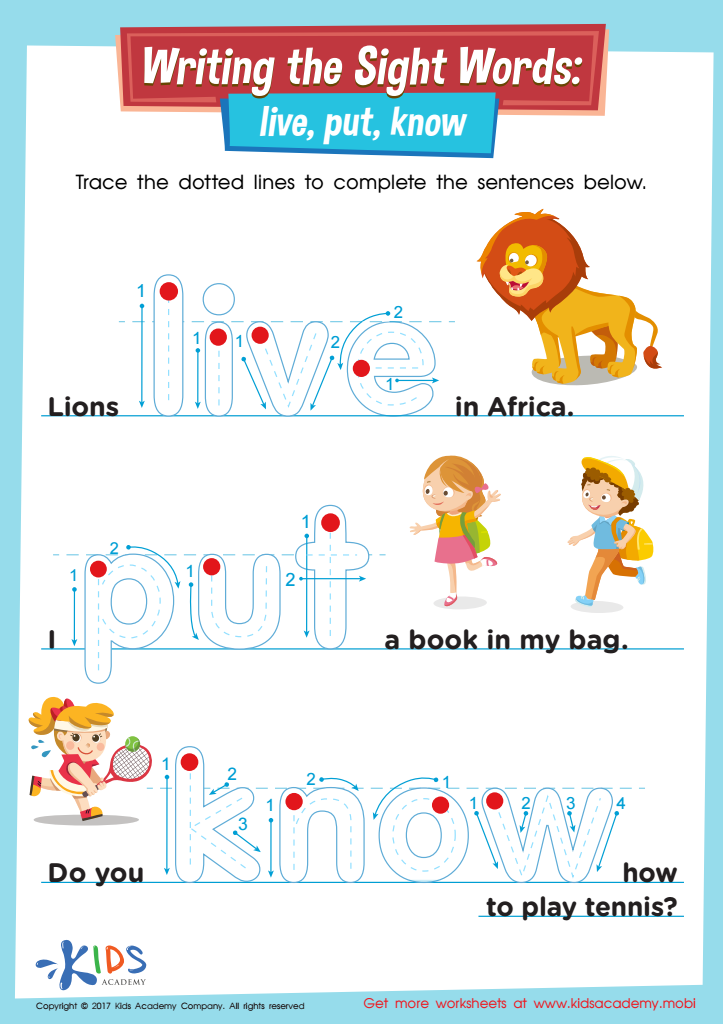

Live, Put, Know Printable Sight Words Worksheet
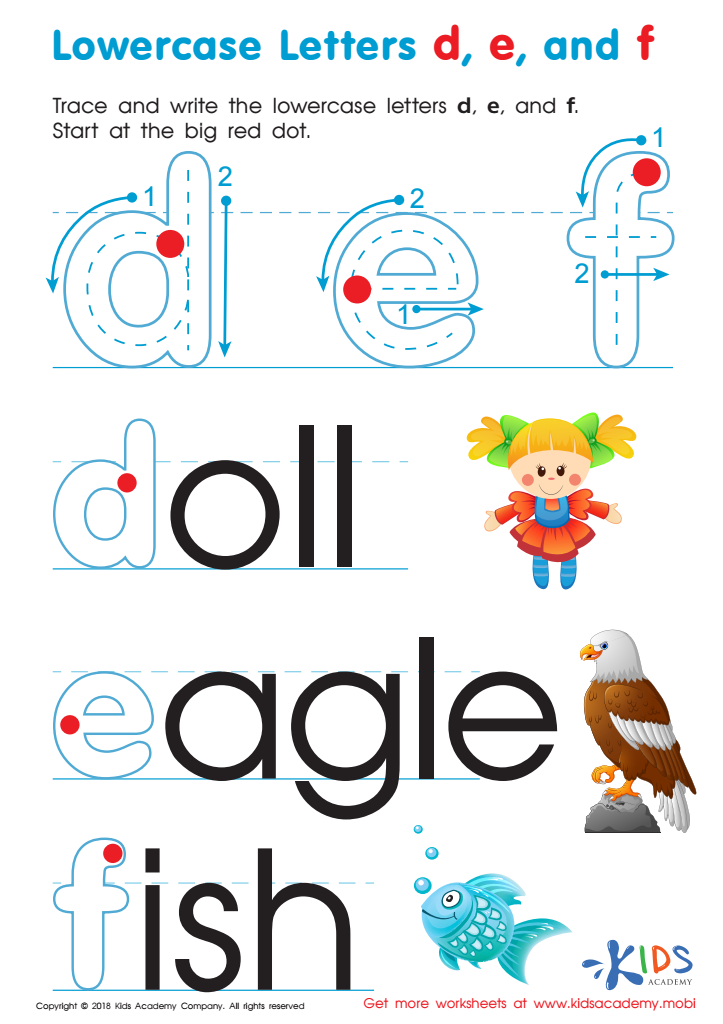

Lowercase Letters d e f Worksheet
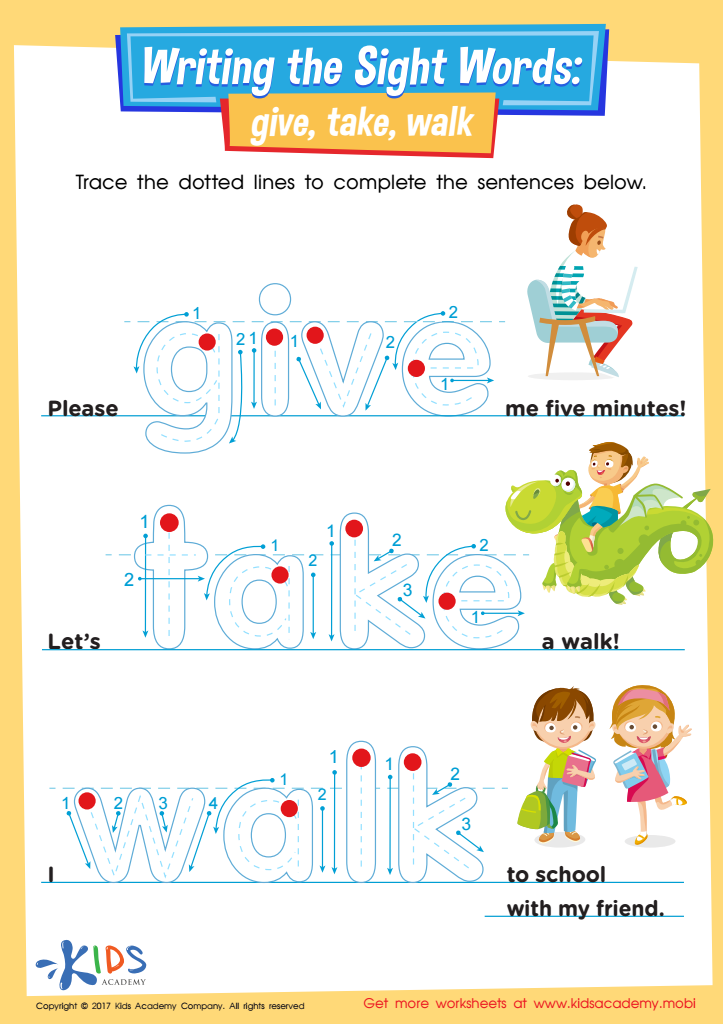

Give, Take, Walk Printable Sight Words Worksheet
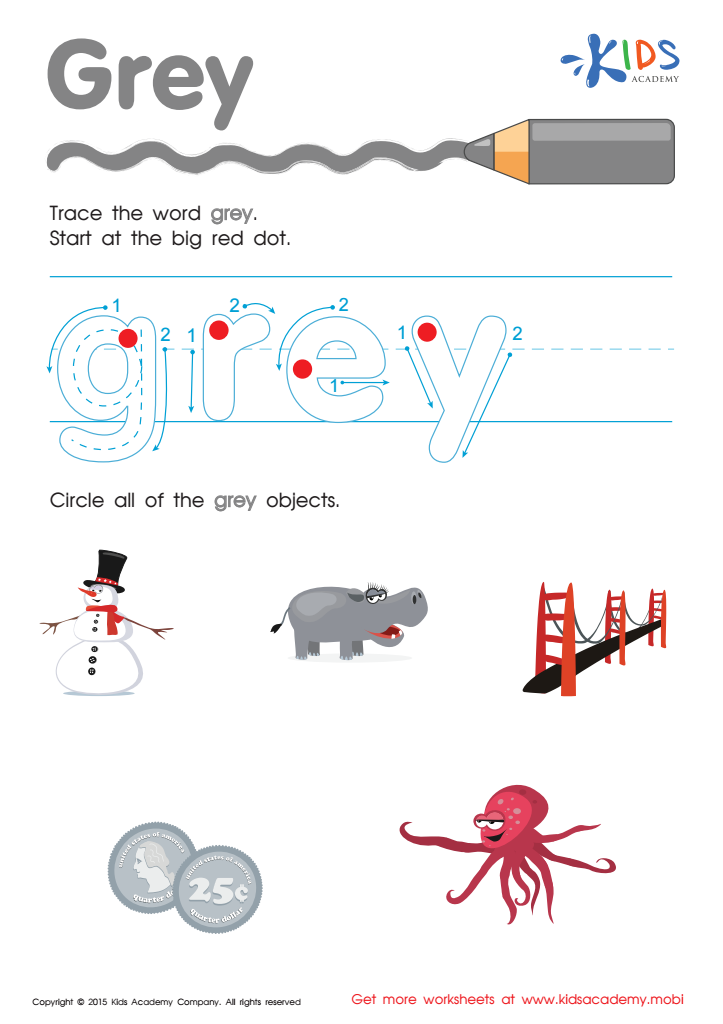

Grey Tracing Color Words Worksheet
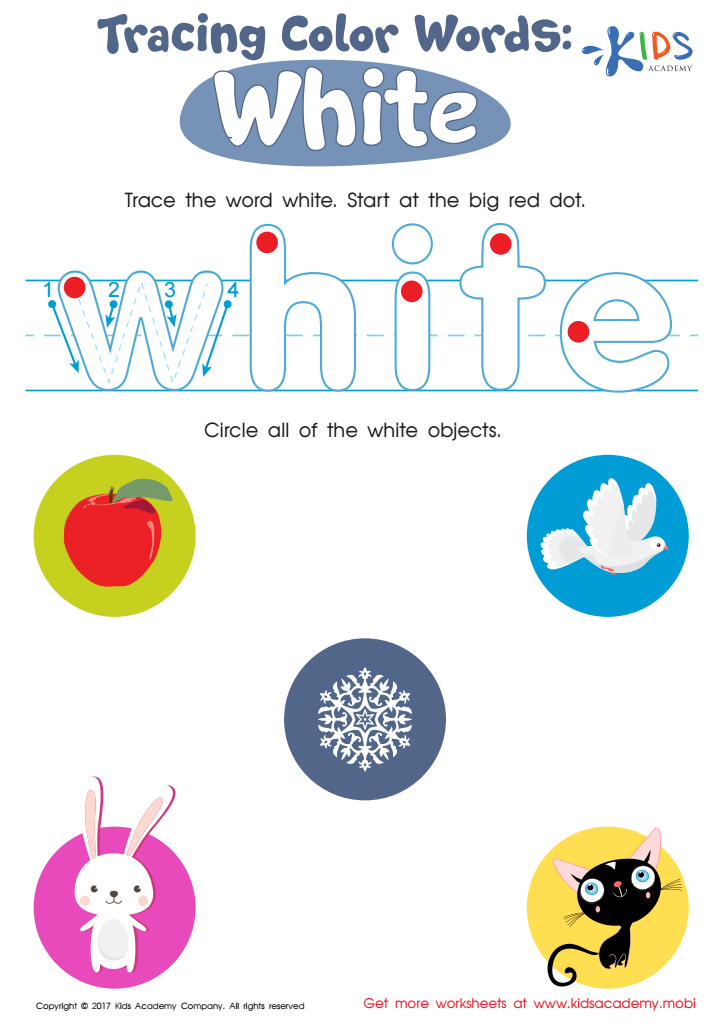

White Tracing Color Words Worksheet
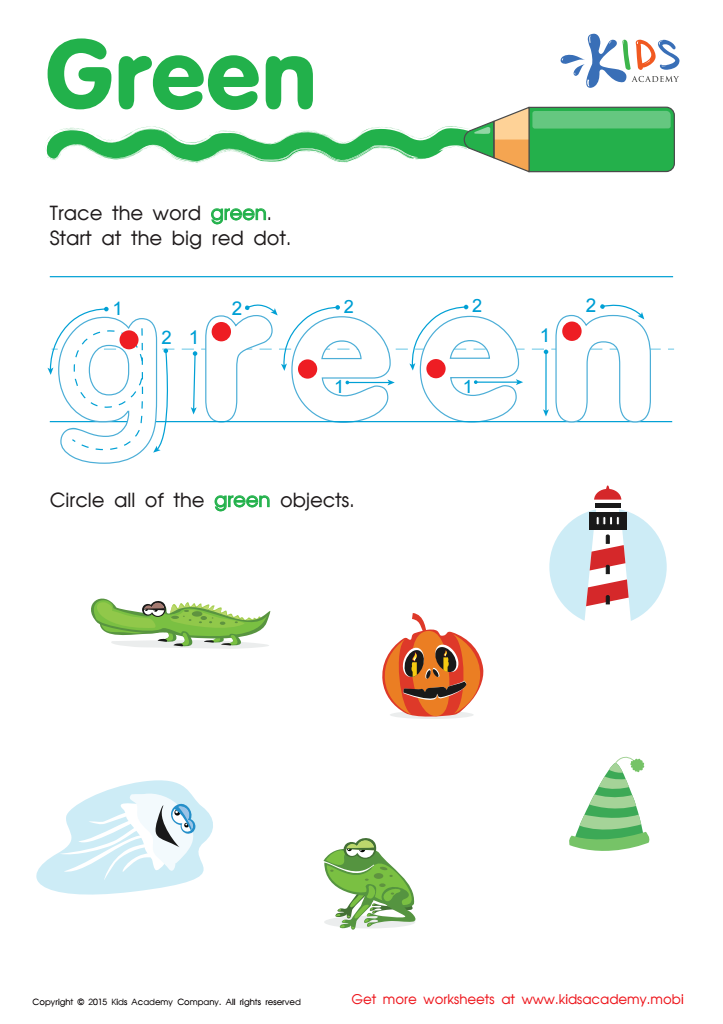

Green Tracing Color Words Worksheet
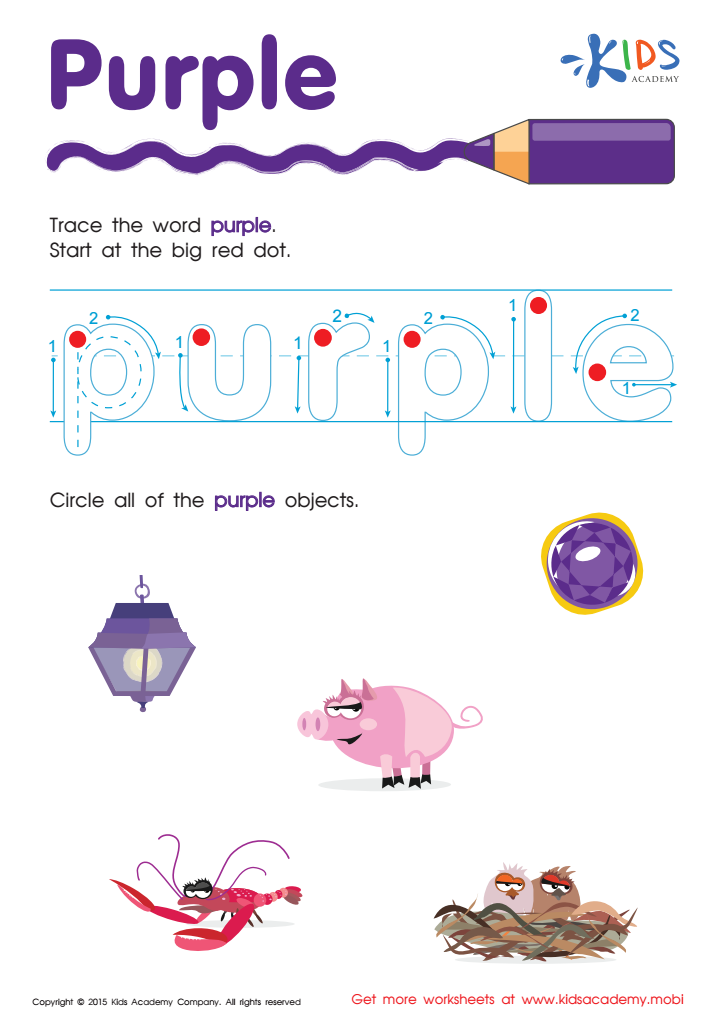

Purple Tracing Color Words Worksheet
Normal Tracing Words Worksheets Activities with Answers are a foundational element in early education, fostering a myriad of skills pivotal for young learners. These activities serve to bridge the gap between unfamiliarity and mastery in the realms of reading, writing, and comprehension, making them an indispensable tool in the educational toolkit.
The primary advantage of Normal Tracing Words Worksheets Activities with Answers lies in their ability to bolster fine motor skills. As children trace over words, they hone their hand-eye coordination and develop the muscle memory necessary for writing. This repetitive action not only reinforces the formation of each letter but also ingrains spelling patterns into the young learner's mind, promoting literacy in an engaging and interactive manner.
Moreover, these activities are designed with clarity and simplicity in mind, making it possible for children to independently verify their work against provided answers. This immediate feedback loop encourages self-correction and adjustment, fostering a sense of autonomy in the learning process. By engaging with the worksheets, children not only learn the correct spelling and structure of words but also build confidence in their ability to tackle new challenges.
In addition to enhancing writing and spelling skills, Normal Tracing Words Worksheets Activities with Answers subtly introduce children to the concept of sentence structure and grammar. Through repetitive practice, learners become familiar with the way words fit together to convey meaning, laying the groundwork for more advanced literacy skills.
These activities also cater to the diverse learning styles found within a classroom. Visual learners, in particular, benefit from the clear, concise format of tracing worksheets, while kinesthetic learners thrive on the tactile aspect of tracing each letter.
In conclusion, Normal Tracing Words Worksheets Activities with Answers are not just simple exercises; they are a well-rounded educational approach that supports the fundamental development of literacy, fine motor skills, and independent learning. By incorporating these activities into early education, we pave the way for more confident, capable, and enthusiastic learners.

 Assign to My Students
Assign to My Students
